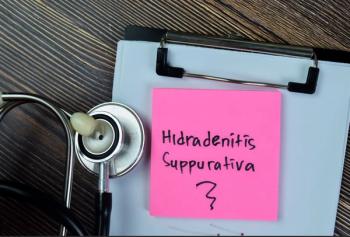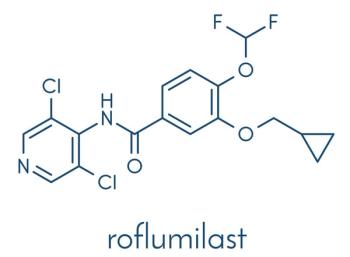
Coral-Induced Injury
A 26-year-old man cut the dorsum of his wrist on a coral formation while snorkeling in the Caribbean.
A 26-year-old man cut the dorsum of his wrist on a coral formation while snorkeling in the Caribbean. He initially rinsed the abrasion with dilute hydrogen peroxide and diligently applied an antibiotic ointment. The superficial would healed, but he now notes the appearance of an ill-defined, firm, slightly tender nodule in the same place.
Key point: Coral-induced injuries commonly become infected, either with common bacteria or, rarely, with environmental (atypical) mycobacteria. While the former is rather rapid in onset, the latter may not be apparent for weeks to months. Another possibility is a foreign body reaction to tiny bits of calcareous material from the coral exoskeleton left behind in the wound.
Treatment: An x-ray revealed small spicules of calcium within the nodule. This foreign body reaction was treated with intralesional injections of triamcinolone acetonide suspension.
Note: Had the radiograph been negative, a biopsy (and culture) would have been performed to help elucidate the precise cause of the nodule.
Newsletter
Enhance your clinical practice with the Patient Care newsletter, offering the latest evidence-based guidelines, diagnostic insights, and treatment strategies for primary care physicians.



















































































































































































































































































